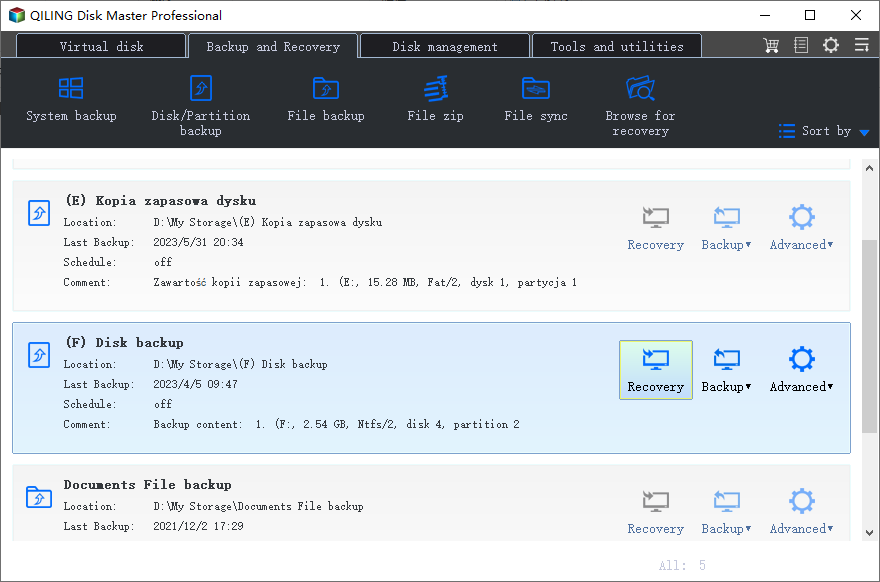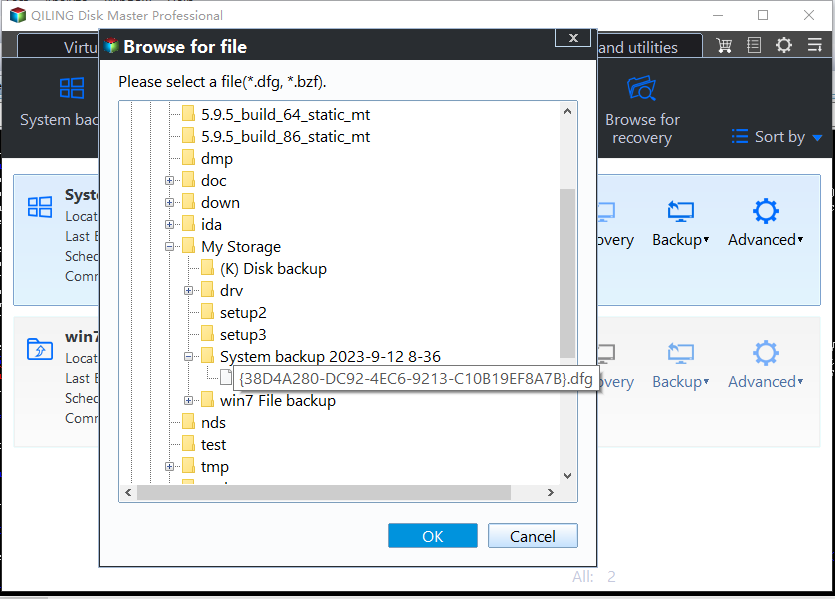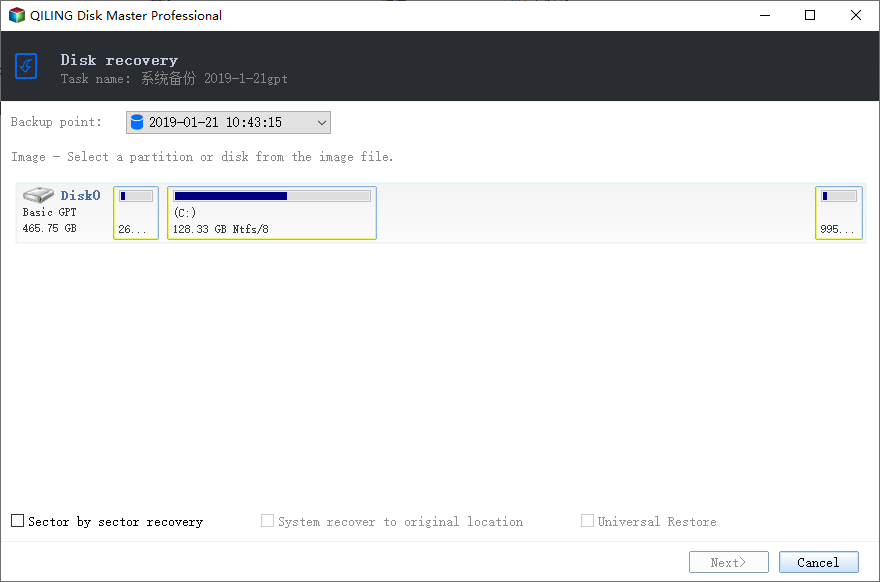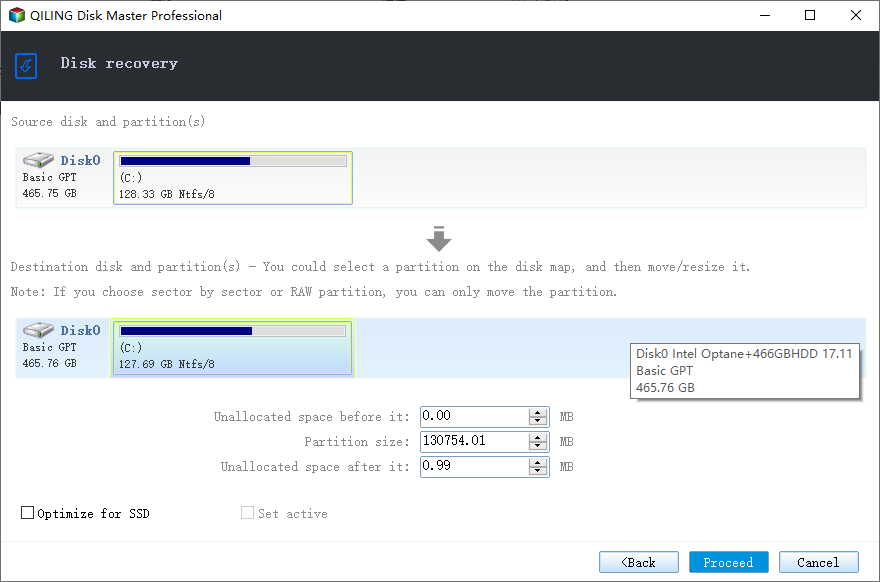When and How to Migrate OS to Dissimilar Hardware?
Quick Navigation:
- What is dissimilar hardware?
- When Do You Need Dissimilar OS Migration?
- Best Software to Migrate OS to Dissimilar Hardware
- How to Migrate OS to Different Hardware in Windows?
- Preparations before migrate OS to different hardware
- How to perform OS migration to dissimilar hardware in Windows 10
- Drop it in the box
What is dissimilar hardware?
Dissimilar hardware Restoring a computer with different hardware, such as a new CPU, motherboard, or chipset, can be a daunting task for many users. This is because the system may fail to recognize the new hardware, leading to missing or deactivated drivers, which can cause significant headaches during the restoration process.
When Do You Need Dissimilar OS Migration?
Migrating an operating system to dissimilar hardware often involves updating the hardware of an existing OS, recovering a failed system with different hardware, deploying images to multiple computers, or preventing hardware failure.
Go ahead and share the examples. I'll be happy to help you rewrite them in one paragraph shortly.
Situation 1: You've just upgraded to a new computer, excited to transfer your old files and settings, but the process has hit a snag. After restoring the image created on your old computer, your new machine refuses to boot up, leaving you frustrated and wondering what went wrong.
Situation 2: A new office or cybercafe with multiple computers of different hardware may require the administrator to individually reinstall Windows on each machine.
Best Software to Migrate OS to Dissimilar Hardware
Qiling Disk Master Professional is a reliable, easy-to-use backup and restore software that supports �issimilar hardware restore, making it a top choice worldwide, with a clear interface and compatible with Windows 11, 10, 8.1/8, 7, Vista, and XP.dissimilar hardware restore, making it a top choice worldwide, with a clear interface and compatible with Windows 11, 10, 8.1/8, 7, Vista, and XP.
To restore Windows 10 to dissimilar hardware, you can use the "Universal Restore" feature, which will automatically detect the computer type and install the necessary drivers for HAL, allowing for a successful restoration to a different computer.
How to Migrate OS to Different Hardware in Windows?
To restore a system to dissimilar hardware, follow these steps: make necessary preparations, such as backing up data and ensuring the new hardware meets the system's minimum requirements.
Preparations before migrate OS to different hardware
- Prepare an external hard drive and a USB drive.
- Download Qiling Disk Master Professional and install it on a working computer.
- To create a system image backup and save it to an external hard drive, launch the software, click "Backup" and then "System Backup" in sequence, select an external hard drive as the destination path, and finally click "Proceed".
- Creating a bootable disc is a suitable solution for users with one or two computers that are experiencing trouble. However, for users with multiple computers, a PXE boot tool is recommended, which allows system image restoration from a network drive or NAS, making it a more efficient option for larger-scale recovery needs.
How to perform OS migration to dissimilar hardware in Windows 10
To migrate an operating system to dissimilar hardware, you'll need to follow a series of detailed steps. This process involves preparing the source and target hardware, creating a bootable media, and transferring the OS to the new hardware.
Step 1. Connect the external hard drive containing the system image backup to the new computer, ensuring it's detected. Also, plug in the bootable USB drive.
Step 2. To access the Qiling Disk Master in a WinPE environment, start by booting a computer with a bootable media. Then, click the "Start" menu and select "Restart". Next, press the specific key on the first screen, usually F2 or ESC, and navigate to the "Boot" tab. Move the USB drive to the first option by clicking the "+" button.
Step 3. To restore your system, click the "Restore" button and then select the task to find your system image. If the system image is not visible in the Restore window, go back and select "Select Image File" instead.
Step 4. Select the system image in the following list and click "Next".
Step 5. Tick "Restore this system image backup" and "Restore system to other location", then click "Next".
Step 6. Select the disk on the new computer as destination path and click "Next".
Step 7. At Operation Summary window, check "Universal Restore" and click "Proceed".
♨ This software will automatically check for "Universal Restore" if it detects the computer has a different hardware, and prompt the user to manually tick the option if not detected.
The process of restoring the operating system will be completed soon, so just grab a cup of coffee and wait. Once it's finished, safely remove the bootable device and any removable devices. After that, simply restart the computer and you'll have the same operating system as before.
Drop it in the box
Qiling Disk Master is a valuable tool during the process of OS migration to dissimilar hardware, resolving incompatible driver issues via its "Universal Restore" feature. This feature is suitable for all operating systems, including the latest versions, making it a reliable solution for a seamless migration experience.
It's recommended to keep this software installed after a hardware restore, as it offers a backup feature, such as System Backup, Disk Backup, and File Backup, allowing you to protect your system and data, and restore your computer if something goes wrong.
This software allows you to clone system, disk, and partition as needed, and also helps eliminate unallocated space after cloning, clone all sectors on a disk, and improve the writing and reading speed of SSDs.
This software can be used for backing up, restoring, or cloning any data, making it a versatile tool. It can satisfy your needs, regardless of what you want to do. However, if you have a server computer, you might want to consider using Qiling Disk Master Server instead.
Related Articles
- How to Restore Windows 10/8/8.1 Backup to Dissimilar Hardware?
- How to Migrate to a New Server with Different Hardware Easily?
- Migrate Windows Server 2016 to New Hardware Effortlessly (2 Ways)
- Two Ways to Create Data Backup Using CMD in Windows 10/8/7
Looking for a way to backup data like system and files in Windows using CMD? This page shows an easy way to complete.






